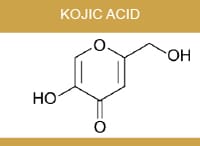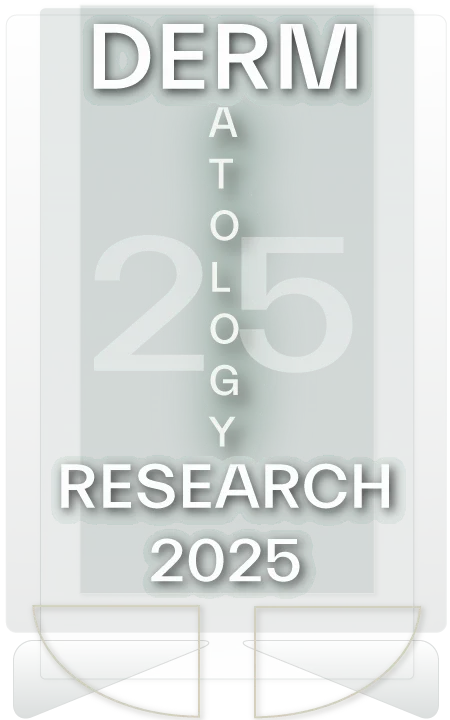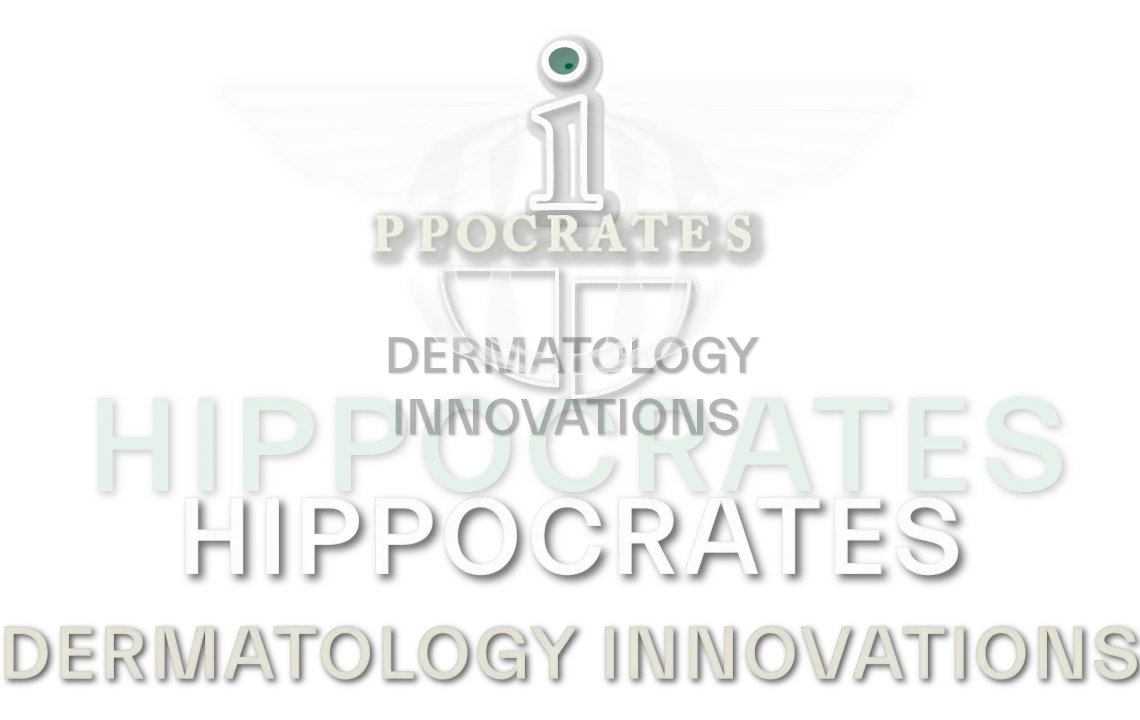Kojic Acid
Kojic acid and skin discorlations and hyperpigmentation
Kojic Acid an organic acid prepared from a Japanese mushroom is highly effective in treatment of freckles, hyperpigmentation acne scar and skin discolorations such as age spots. It also is consumed widely in the Japanese diet with the belief that it is of benefit to health. The combination of AHA’s-Glycolic acid and Kojic acid demonstrate the same result as glycolic acid and hydroquinone in hyperpimentation and reducing pigments in melasma patients. This acid also known as a scavenger of radical oxygen species so it has anti oxidant activity.
Koic acid a tyrosinase inhibitor that works by competing with DOPA at its receptor site, has the advantage of being pharmaceutically more stable compare with hydroquinone preparations and as a botanical and natural ingredient has gained enthusiasm for application in skin care formulations. This acid as a reactive oxygen species, ROS, and a tyrosinase inhibitor has been demonstrated clinical efficacy in treatment of melasma and hyperpigmentation disorders.
Indeed, it has been shown to significantly enhance neutrophil phagocytosis and lymphocyte proliferation stimulated by phytohemagglutinin. Melanocytes treated with kojic acid become nondendritic with a decreased melanin content.

Kojic acid
This mushroom derivative with tyrosinase inhibitory effect appear to work as effective as hydroquinone to treat age spots, pigmentation spots and skin discolorations which warrants its employment in an anti aging serum.
One of the consequences of acne vulgaris, in particular, more prolonged untreated lesions is the resulting acne spots and acne scars and discolorations. Kojic acid has been used in bioengineering of acne Treatment kit to effectively eliminate acne spots and discolorations. Additional aspect of utilization of this botanical extract in acne treatment seems to be associated with its antioxidant impact and clinical efficacy in neutralizing reactive oxygen species and free radicals as skin lipid peroxidation has been introduced in pathogenesis of acne vulgaris.


